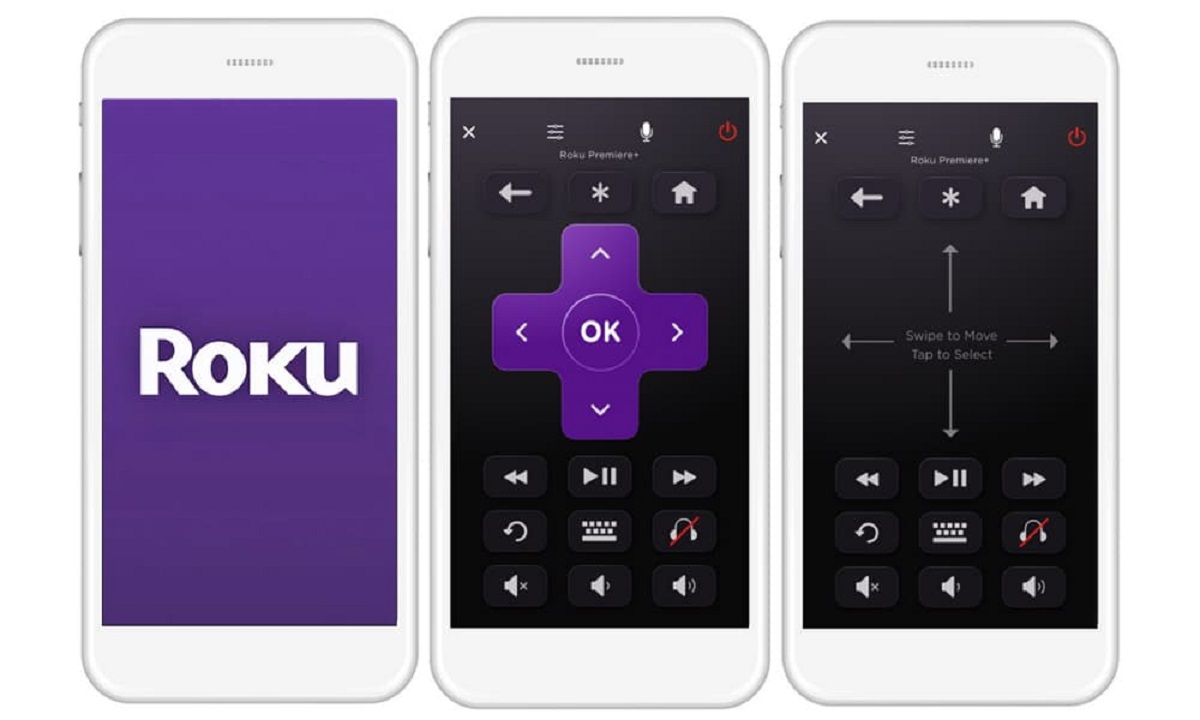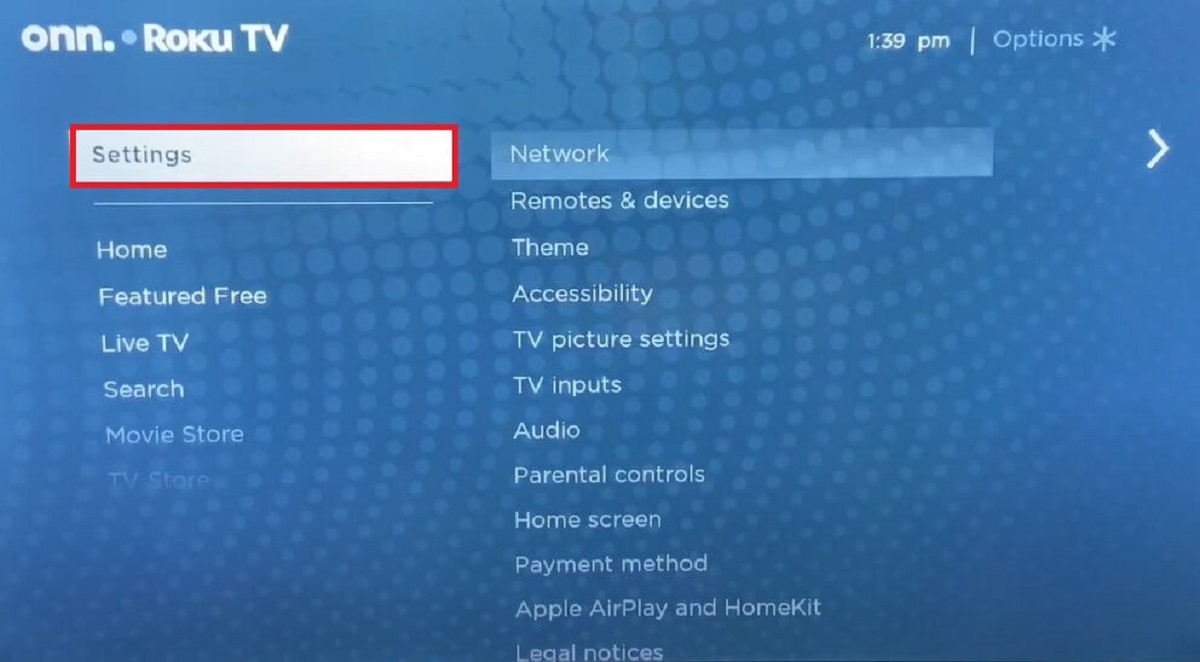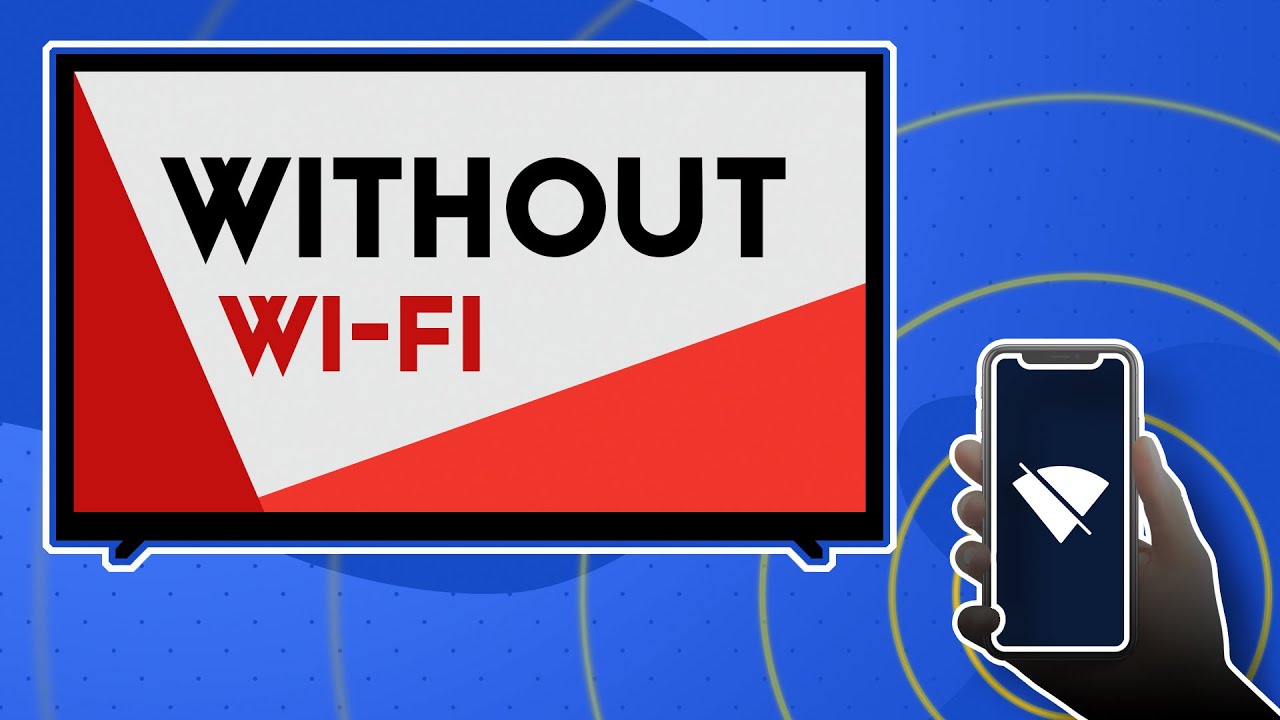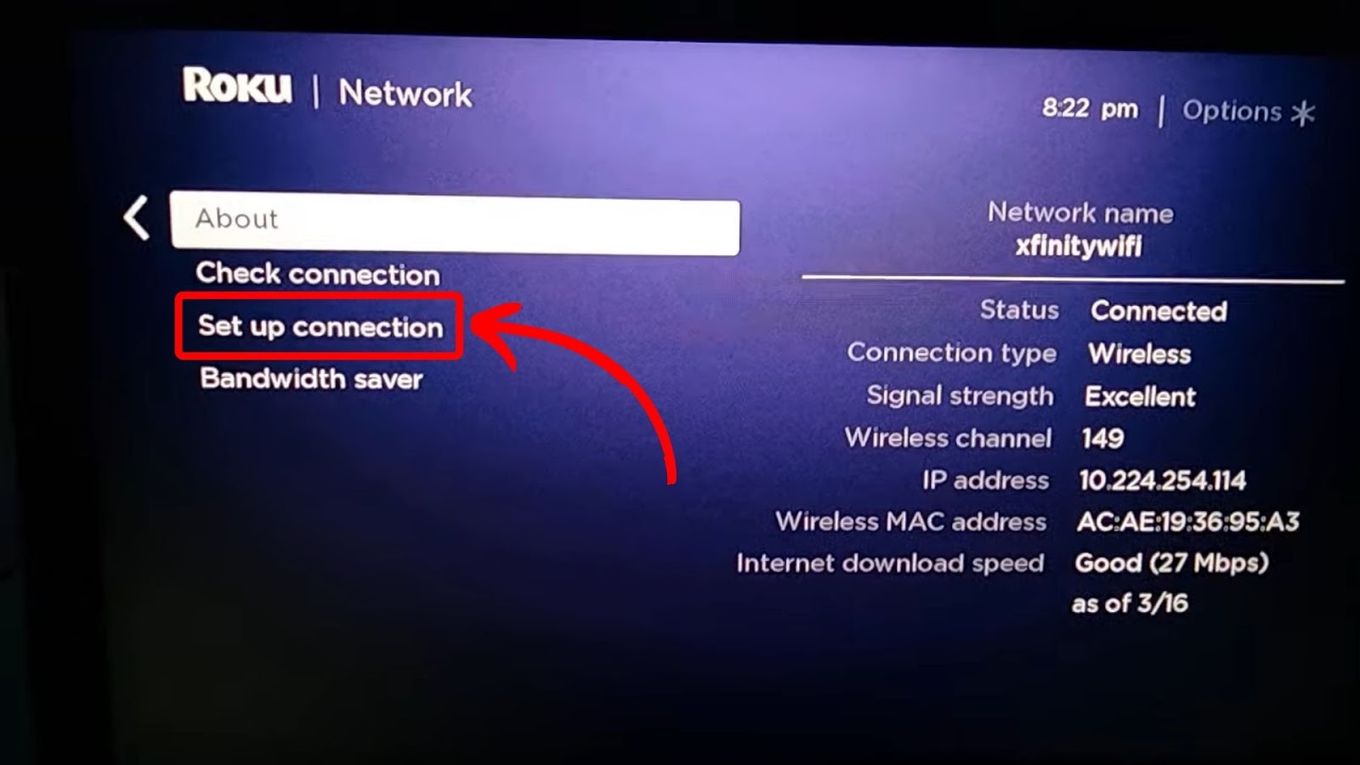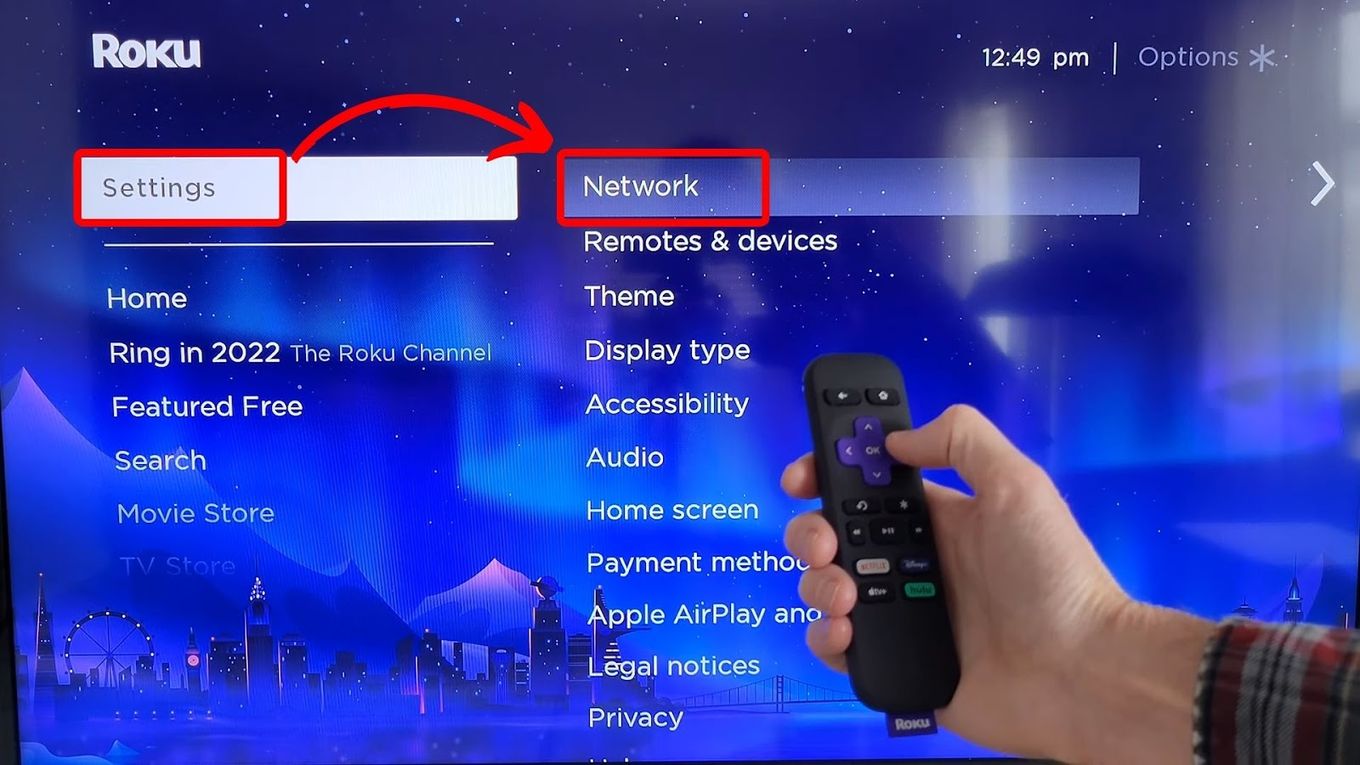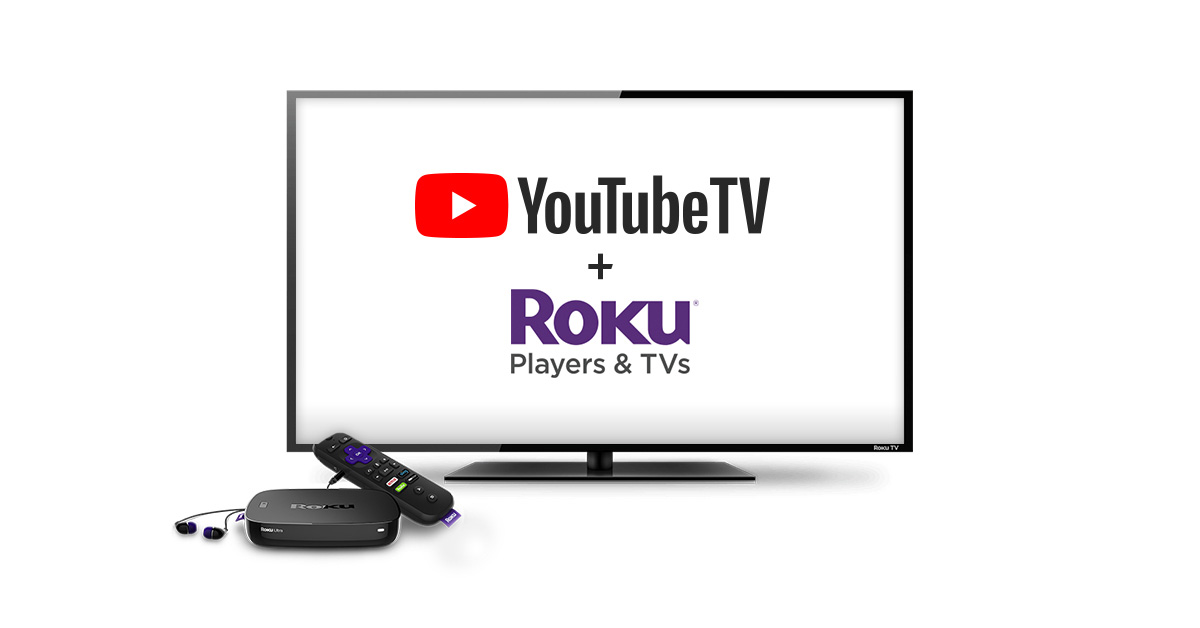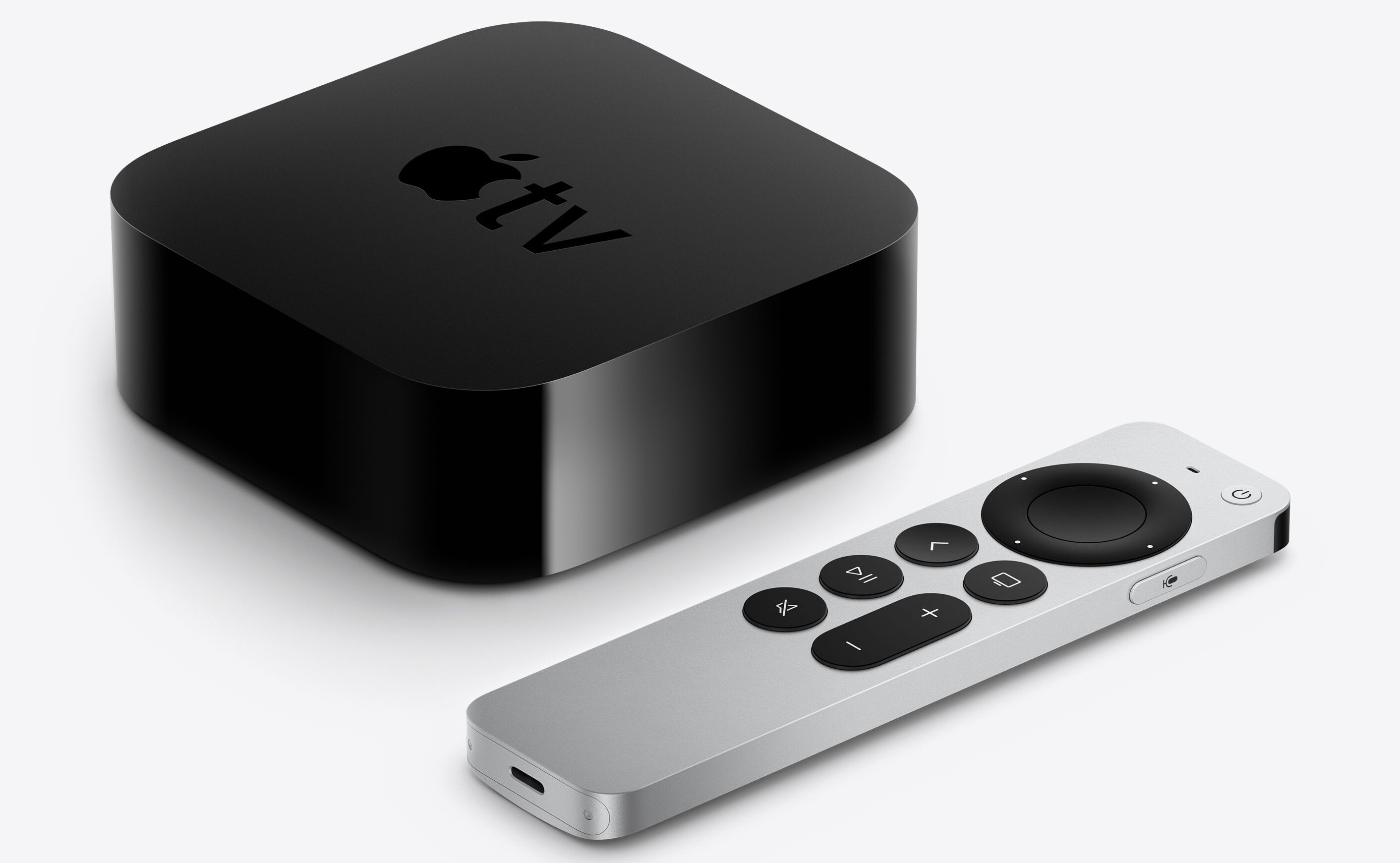Why Would You Want to Connect to a Roku TV Without Wifi?
Connecting to a Roku TV without wifi may not be the most common scenario, but there are several reasons why you might find yourself in this situation. Understanding these reasons can help you navigate the process of connecting to your Roku TV without relying on wifi.
One reason you may want to connect to a Roku TV without wifi is if you are in an area with limited or no internet access. This could be while you are traveling or staying in a remote location where wifi is not available. In these situations, being able to connect your Roku TV without relying on a wifi connection allows you to continue enjoying your favorite shows and movies.
Another reason why you might want to connect to a Roku TV without wifi is if you are experiencing wifi connectivity issues. Sometimes, your wifi network may go down or become unstable, preventing your Roku TV from connecting to the internet. By using alternative methods to connect, such as an Ethernet cable or mobile hotspot, you can still access your Roku TV’s features and content without relying solely on a wifi connection.
In addition, connecting to a Roku TV without wifi can be useful if you prefer a wired connection for faster and more stable data transfer. While wifi connections are convenient, they can be prone to interference and slower speeds, especially in crowded areas. By utilizing an Ethernet cable, you can establish a direct connection between your Roku TV and your network, resulting in a more reliable streaming experience.
Lastly, some users may choose to connect to a Roku TV without wifi to preserve their internet bandwidth. Streaming content on a Roku TV can consume a significant amount of data, especially if you are watching high-definition or ultra-high-definition content. If you have a limited data plan or want to avoid exceeding your data cap, connecting your Roku TV without wifi allows you to avoid using your internet connection for streaming, saving your bandwidth for other online activities.
Overall, there are various reasons why you might want to connect to a Roku TV without wifi. Whether you are in an area with limited internet access, experiencing wifi connectivity issues, seeking a faster and more stable connection, or conserving your internet bandwidth, understanding the different methods of connecting to your Roku TV can help you stay entertained and connected to your favorite content.
Connecting to a Roku TV Using an Ethernet Connection
If you want to connect your Roku TV to the internet without relying on wifi, using an Ethernet connection is a reliable and straightforward option. Ethernet provides a wired connection between your Roku TV and your router, ensuring a stable and faster data transfer.
To connect your Roku TV using an Ethernet cable, follow these steps:
- Locate the Ethernet port on the back of your Roku TV and the corresponding port on your router.
- Connect one end of the Ethernet cable to the Ethernet port on your Roku TV and the other end to the Ethernet port on your router.
- Make sure both ends are securely plugged in and there are no loose connections.
- Once the cable is connected, your Roku TV will automatically detect the Ethernet connection and configure the settings accordingly.
- On your Roku TV, navigate to the home screen and go to “Settings.”
- Select “Network” and then choose “Wired (Ethernet).”
- Follow the on-screen prompts to complete the setup process.
After completing these steps, your Roku TV will be connected to the internet via Ethernet. You can now enjoy streaming your favorite shows and movies without relying on a wifi connection, benefiting from a more stable and consistent data transfer.
It is important to note that once you have connected your Roku TV to the internet using an Ethernet connection, it will prioritize the wired connection over wifi. This means that if both an Ethernet cable and wifi are available, your Roku TV will automatically use the Ethernet connection for internet access.
Connecting your Roku TV using an Ethernet cable is an excellent option for those who prefer a wired connection or are experiencing wifi connectivity issues. By utilizing the Ethernet port on your Roku TV and your router, you can ensure a reliable and uninterrupted streaming experience.
Using Mobile Hotspot to Connect to a Roku TV
If you don’t have access to a wifi network or an Ethernet connection, another option to connect your Roku TV to the internet is by using a mobile hotspot. A mobile hotspot allows you to share your smartphone’s cellular data connection with your Roku TV, providing an internet connection on the go.
To connect your Roku TV using a mobile hotspot, follow these steps:
- On your smartphone, enable the mobile hotspot feature. This can usually be found in the settings under “Mobile Hotspot” or “Tethering.”
- Set a strong and secure password for your mobile hotspot to protect your data.
- On your Roku TV, go to “Settings” from the home screen.
- Select “Network” and then choose “Wireless (Wi-Fi).”
- Your Roku TV will scan for available networks. Locate the name of your mobile hotspot and select it from the list.
- Enter the password for your mobile hotspot when prompted.
- Wait for your Roku TV to connect to the mobile hotspot. This may take a few moments.
Once the connection is established, your Roku TV will be connected to the internet using the mobile hotspot. You can now stream your favorite content just like you would with a regular wifi connection.
It is important to note that using a mobile hotspot to connect your Roku TV consumes cellular data from your smartphone’s plan. Therefore, you should be mindful of your data usage and avoid excessive streaming, especially when you have limited data or are subject to data caps.
Additionally, the speed and stability of the mobile hotspot connection may vary depending on your cellular signal strength and network congestion. If you experience buffering or slow loading times, try moving closer to your smartphone or finding an area with a stronger cellular signal.
Using a mobile hotspot to connect your Roku TV is a convenient option when wifi or Ethernet connections are not available. It allows you to enjoy your favorite shows and movies on the go or in locations where traditional internet access is limited.
Connecting to a Roku TV Using an Offline Streaming Device
If you want to connect your Roku TV to the internet without relying on wifi or a wired Ethernet connection, you can use an offline streaming device to access your favorite content. This method allows you to enjoy streaming services and apps on your Roku TV without the need for an internet connection.
To connect your Roku TV using an offline streaming device, follow these steps:
- First, ensure that your Roku TV and the offline streaming device both have HDMI ports.
- Connect one end of an HDMI cable to the HDMI port on your offline streaming device.
- Connect the other end of the HDMI cable to an available HDMI input on your Roku TV.
- Make sure both ends of the HDMI cable are securely plugged in.
- Power on your offline streaming device and follow its setup instructions, if necessary.
- Use the remote control for your offline streaming device to navigate through the available apps and streaming services.
- Select the desired content, and it will be displayed on your Roku TV screen.
By connecting an offline streaming device to your Roku TV, you can access a wide range of entertainment options without needing an internet connection. Offline streaming devices often come pre-loaded with a selection of movies, TV shows, and other media, allowing you to enjoy your favorite content even without an active internet connection.
It’s important to note that while an offline streaming device can provide access to pre-loaded content, it may not offer the same extensive library or real-time updates as streaming services that require an internet connection. However, this method can still be a viable solution for situations where internet connectivity is limited or unavailable.
Keep in mind that some offline streaming devices may require periodic updates or content downloads to refresh their available media. These updates usually require an internet connection, so it’s recommended to connect your offline streaming device to the internet whenever possible to ensure you have access to the latest content.
Connecting your Roku TV using an offline streaming device gives you the flexibility to enjoy entertainment options even without an active internet connection. Whether you’re in a location with no wifi access or simply want to explore offline content, this method allows you to make the most of your Roku TV.
Using Screen Mirroring to Connect to a Roku TV
If you want to connect your Roku TV to the internet without wifi or any physical connections, you can utilize the screen mirroring feature. Screen mirroring allows you to mirror the display of your smartphone, tablet, or computer onto your Roku TV, providing access to online content and apps without the need for a direct internet connection.
To connect your Roku TV using screen mirroring, follow these steps:
- Ensure that both your Roku TV and the device you want to mirror have the screen mirroring feature enabled.
- On your Roku TV, go to “Settings” from the home screen and select “System.”
- Choose “Screen Mirroring” and enable the option if it is not already turned on.
- On your smartphone, tablet, or computer, open the settings and locate the screen mirroring or casting option.
- Select your Roku TV from the available devices list.
- Wait for the connection to be established, and your device’s screen will be mirrored on your Roku TV.
- Once connected, you can navigate through the apps and media on your device, and it will be displayed on your Roku TV screen.
Screen mirroring provides a convenient way to access online content and apps on your Roku TV when a wifi or physical connection is not possible. It allows you to enjoy streaming services, browse the web, or view photos and videos directly from your device’s screen.
It’s important to note that screen mirroring requires a stable and reliable wifi network for both your device and Roku TV. Ensure that your device and Roku TV are connected to the same wifi network for a successful screen mirroring experience.
Additionally, screen mirroring may not provide the same level of performance or streaming quality as a direct internet connection. The quality of the mirrored display may vary depending on the strength and stability of your wifi network, as well as the capabilities of your device and Roku TV.
Using screen mirroring to connect your Roku TV can be a practical solution for situations where internet connection options are limited. Whether you want to stream a video from your smartphone or browse the web on a bigger screen, screen mirroring allows you to extend your device’s capabilities to your Roku TV without the need for a direct internet connection.
Troubleshooting Common Issues when Connecting to a Roku TV without Wifi
While connecting a Roku TV without wifi is possible using alternative methods, there may be some common issues that you can encounter. Understanding these issues and their solutions can help you troubleshoot and resolve any connectivity problems you may encounter.
Here are some common issues you may face when connecting to a Roku TV without wifi, along with their troubleshooting steps:
- No internet connection: If your Roku TV is not connecting to the internet, ensure that the Ethernet cable is securely connected to both the TV and your router. If using a mobile hotspot, check that the hotspot is enabled and your smartphone is within range.
- Poor signal or slow speed: If you are experiencing a weak or unstable internet signal, try moving closer to the router or mobile hotspot. Additionally, minimize obstructions that may interfere with the signal, such as walls or other electronic devices.
- Password or authentication issues: When connecting to a wifi network, ensure that you are entering the correct password. Double-check the password for accuracy and make sure that there are no typos or extra spaces. If you are using a mobile hotspot, confirm that the password is correctly set on your smartphone.
- Device compatibility: Some devices may not be compatible with certain connectivity methods or may require specific settings. Make sure that your device supports the chosen connection method and update its firmware or software if necessary.
- Network interference: If you are experiencing poor performance or connectivity issues, check for any potential sources of interference. Other devices using the same frequency, such as cordless phones or microwaves, can interfere with your wifi signal. Consider relocating or repositioning your router to minimize interference.
If you have gone through the troubleshooting steps and are still unable to connect your Roku TV without wifi, it is recommended to consult the user manual or contact Roku customer support for further assistance. They can assist you in diagnosing the issue and provide specific solutions tailored to your setup.
Remember, each connectivity method has its own requirements and potential issues. Understanding these troubleshooting steps will empower you to overcome common obstacles and enjoy a seamless connection to your Roku TV without relying on wifi.
Conclusion
Connecting to a Roku TV without wifi may not be the typical setup, but it can be necessary or advantageous in certain situations. Whether you’re in an area with limited internet access, experiencing wifi connectivity issues, or prefer a wired connection, there are various methods to connect your Roku TV without relying on wifi.
We explored several options for connecting to a Roku TV without wifi, including using an Ethernet cable, utilizing a mobile hotspot, connecting through an offline streaming device, and employing screen mirroring. Each method has its own benefits and considerations, allowing you to choose the one that best suits your needs.
When connecting with an Ethernet cable, you can establish a direct, stable, and fast connection between your Roku TV and your router. This is ideal for those who prioritize a wired connection and want to avoid wifi issues.
Using a mobile hotspot enables you to connect your Roku TV to the internet through your smartphone’s cellular data. This is convenient for situations where wifi access is limited or unreliable, allowing you to enjoy streaming even on the go.
With an offline streaming device, you can access pre-loaded content on your Roku TV without an internet connection. While this option may not offer the same extensive library as streaming services, it can be beneficial when online access is unavailable.
Screen mirroring allows you to project your device’s screen onto your Roku TV, providing access to online content even without an internet connection. This method is useful for browsing the web or streaming apps using your smartphone, tablet, or computer.
It’s important to understand that each method comes with its own considerations and potential limitations. Factors such as signal strength, compatibility, and network interference can affect the performance of your connection. By troubleshooting common issues and following the recommended steps, you can overcome these challenges and ensure a smooth connection to your Roku TV.
In summary, connecting to a Roku TV without wifi may require some alternative methods, but it is definitely possible. From utilizing an Ethernet connection for a stable and fast wired connection to utilizing mobile hotspots and screen mirroring, there are multiple options available. Choose the method that best suits your circumstances and enjoy uninterrupted access to your favorite shows and movies on your Roku TV.







